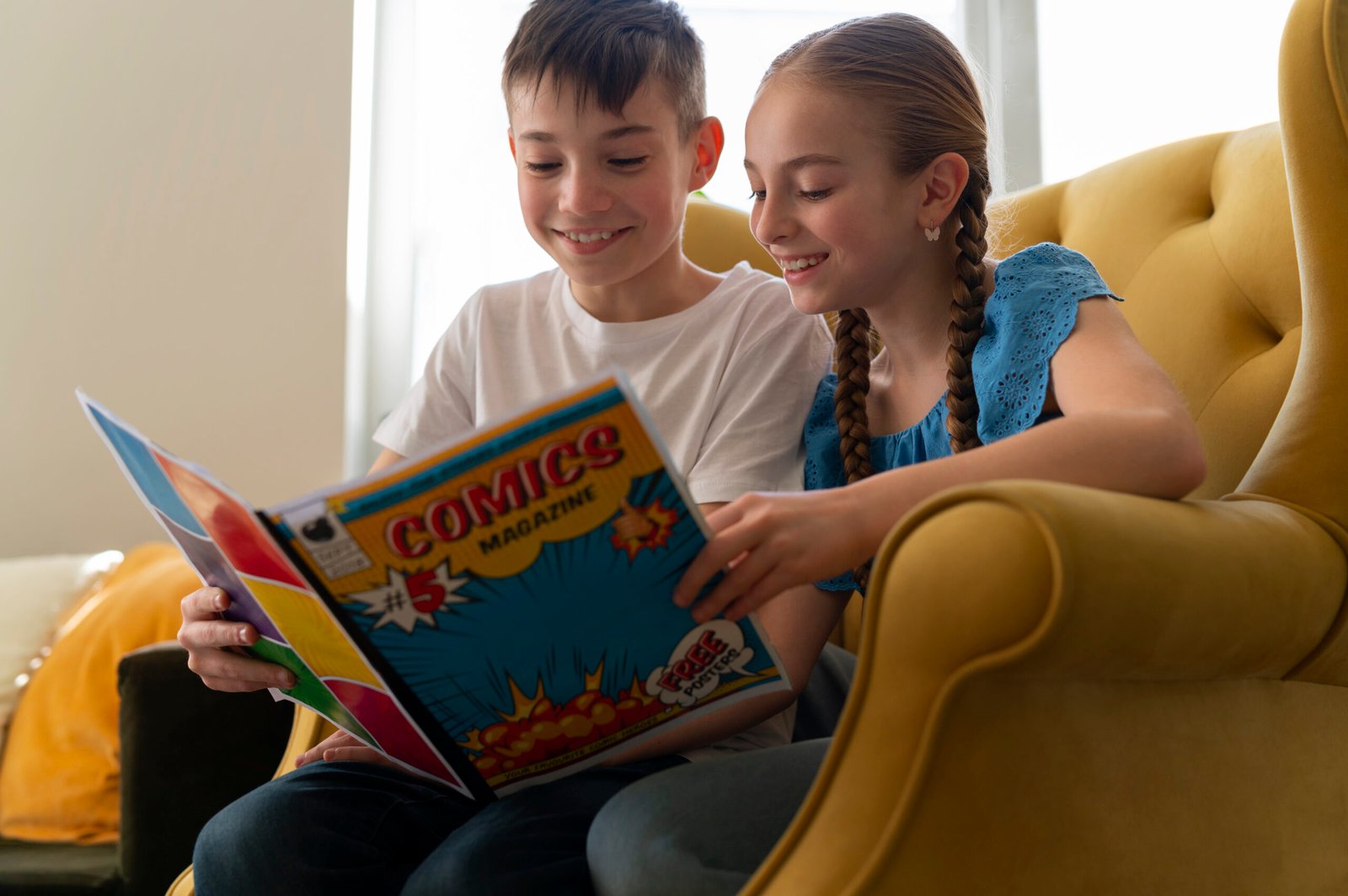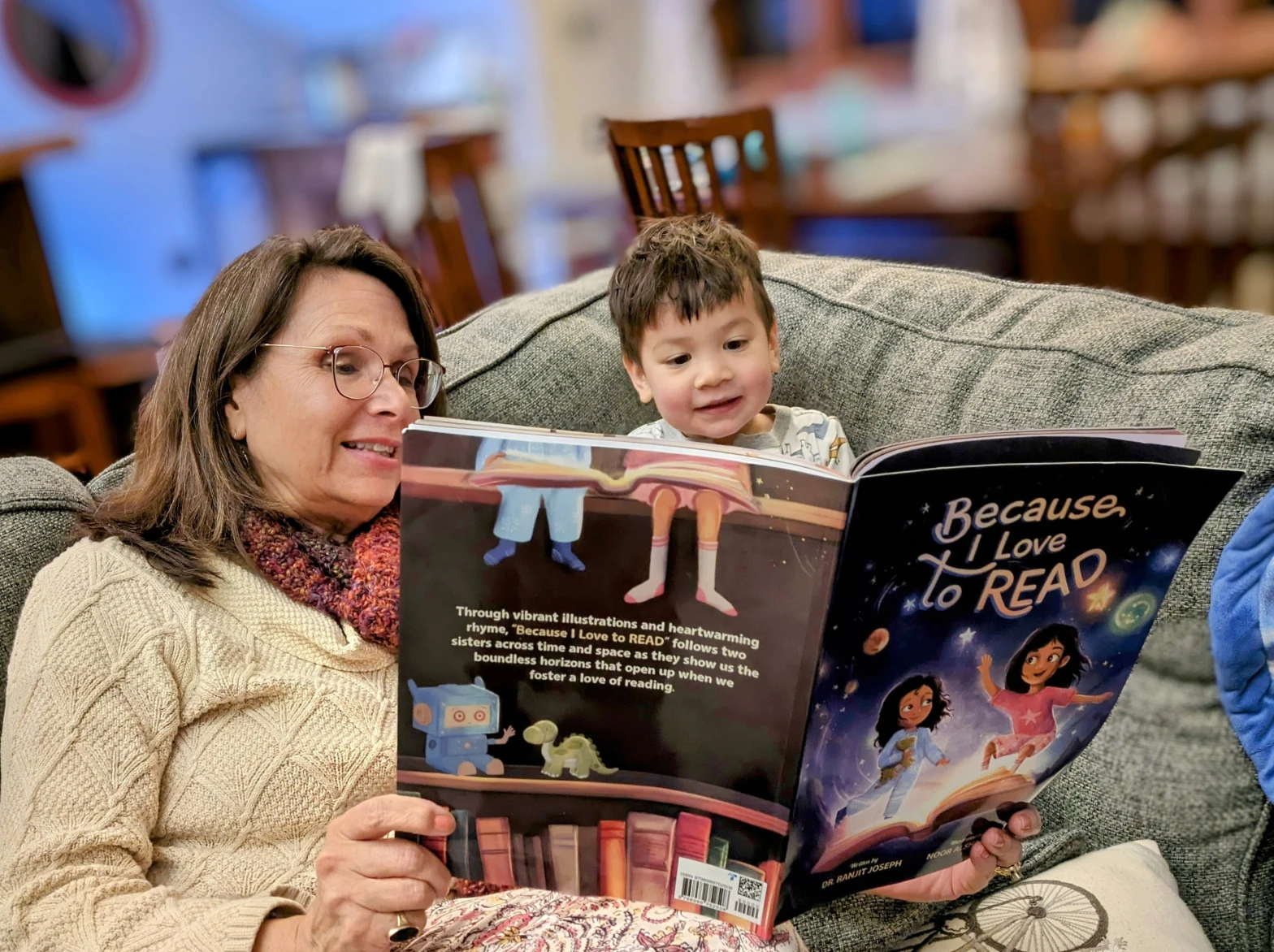Children’s books hold a special place in the literary landscape, enchanting young minds with captivating stories, vibrant illustrations, and timeless lessons. From beloved classics to modern masterpieces, children’s literature spans a diverse range of genres and themes, offering something for every young reader. In this comprehensive exploration, we delve into the enchanting world of children’s books, examining their impact, importance, and enduring appeal.
Introduction
Children’s books have the remarkable ability to spark imagination, inspire curiosity, and instill valuable life lessons in young readers. From the colorful pages of picture books to the engaging narratives of chapter books, children’s literature plays a crucial role in shaping the minds and hearts of the next generation of readers.
The Power of Storytelling

At the heart of every children’s book lies the power of storytelling. Whether it’s a whimsical tale of adventure, a heartwarming story of friendship, or a thought-provoking narrative about overcoming challenges, stories have the power to transport children to new worlds, expand their horizons, and ignite their imaginations.
Educational Benefits
Children’s books are not only entertaining but also educational. They introduce young readers to new vocabulary, concepts, and ideas, helping to expand their knowledge and understanding of the world around them. Additionally, many children’s books are designed to teach valuable life skills such as empathy, kindness, and resilience.
Diverse Representation
Representation matters in children’s literature. Books that feature diverse characters, cultures, and experiences help children see themselves reflected in the stories they read and foster empathy and understanding for others. By exposing children to a wide range of perspectives, children’s books contribute to a more inclusive and compassionate society.
Interactive and Engaging
Many children’s books are interactive and engaging, incorporating elements such as lift-the-flap pages, pop-up illustrations, and interactive storytelling techniques. These features not only capture children’s attention but also encourage active participation and engagement with the text.
Building Empathy and Understanding
Children’s books have the power to build empathy and understanding by telling stories from different perspectives and exploring themes such as diversity, tolerance, and acceptance. By introducing children to characters from diverse backgrounds and experiences, children’s books help foster empathy and compassion for others.
The Role of Illustrations
Illustrations play a crucial role in children’s books, bringing stories to life and capturing the imagination of young readers. From whimsical watercolors to bold and vibrant drawings, illustrations enhance the storytelling experience and help children visualize the characters and settings of the story.
Encouraging Creativity
Children’s books encourage creativity and imagination by inviting young readers to explore new worlds, invent new characters, and envision endless possibilities. Through storytelling, children learn to express themselves creatively and develop their unique voices.
Encouraging a Love for Reading
Perhaps most importantly, children’s books help instill a lifelong love for reading in young readers. By making reading fun, accessible, and enjoyable, children’s books lay the foundation for a lifetime of literacy and learning.
Frequently Asked Questions
Q: At what age should I start reading to my child?
A: It’s never too early to start reading to your child. Even infants can benefit from hearing the sound of your voice and experiencing the rhythm of language.
Q: How can I choose the best children’s books for my child?
A: Look for books that are age-appropriate, engaging, and reflect your child’s interests and experiences. Consider asking for recommendations from librarians, teachers, or other parents.
Q: Are eBooks a good alternative to traditional children’s books?
A: While eBooks can be convenient, many experts recommend incorporating a mix of print and digital books into a child’s reading routine to provide a well-rounded literacy experience.
Q: How can I encourage my child to read more?
A: Lead by example by making reading a regular part of your family’s routine. Set aside dedicated time for reading together, and create a cozy and inviting reading environment in your home.
Q: What are some classic children’s books that every child should read?
A: Some timeless classics include “Where the Wild Things Are” by Maurice Sendak, “Charlotte’s Web” by E.B. White, and “The Very Hungry Caterpillar” by Eric Carle.



